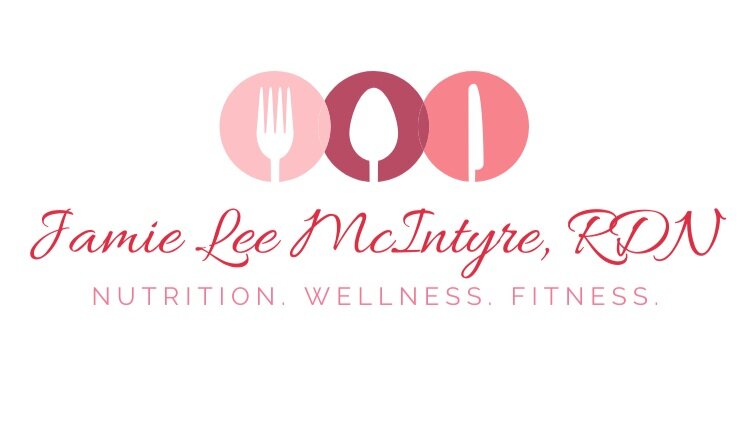Do You Really Need Protein Powder? A Dietitian Explains
Walk into any grocery or supplement store and you’ll see rows of protein powders—whey, soy, pea, rice, and even collagen-based options. But the question remains: do you actually need protein powder?
The short answer: probably not — unless your protein needs are higher than average or you struggle to meet them with food alone. Here’s what you should know before scooping.
How Much Protein Do You Really Need?
For most healthy adults, the recommendation is about 1 gram of protein per kilogram of body weight per day. That means if you weigh 150 pounds (about 68 kg), you need around 68 grams of protein daily.
Certain people may have higher needs, including:
Teenagers (still growing and building muscle)
Pregnant or breastfeeding moms
Athletes or people significantly increasing training
People with certain medical needs like those recovering from burns or on dialysis
Simply adding protein shakes won’t automatically lead to weight loss (that depends on a calorie deficit) or muscle gain (that requires strength training plus recovery). In fact, some shakes can pack 300–600 calories—which could lead to weight gain if you’re not burning off the extra energy.
When a Protein Shake Can Be Helpful
Even if you don’t have increased protein needs, there are scenarios where a protein shake can make sense:
1. When You’re Short on Time
Skipping meals can leave you sluggish and cranky. A balanced smoothie is better than skipping altogether. Try blending:
¼ cup rolled oats (whole grain)
¾ cup frozen banana (fruit)
1 scoop chocolate protein powder (≤15g protein)
8 oz low-fat milk (dairy)
This combo gives you carbs, protein, and a little fiber for staying power.
2. After an Intense Workout
Protein is most effective when consumed within 30 minutes after exercise, when your muscles are primed for repair. Aim for 20–25 grams of protein with a small dose of carbs. Try:
1 scoop vanilla protein powder (20–25g protein)
8 oz unsweetened almond milk
½ cup frozen berries
3. When You’re Not Hungry for a Full Meal
If you struggle with appetite—especially at breakfast—a smoothie can be a gentle way to get nutrients in. No protein powder? No problem. Try:
6 oz nonfat Greek yogurt or silken tofu
8 oz unsweetened coconut milk
1 tbsp ground flaxseed
¾ cup frozen mango
2 cups baby spinach
Whole-Food Alternatives to Protein Powder
Protein powders can be convenient, but they’re not essential. You can easily meet your protein needs by eating a variety of whole foods, including:
Eggs: 8g per large egg
Milk: 8g per cup
Almonds: 6g per 12-count serving
Dry oats: 13g per ½ cup
Greek yogurt: 18g per 5–6 oz container
Chicken breast or fish: 25g per 3 oz serving
Quinoa: 8g per ½ cup cooked
Lentils: 18g per cup
Cheese stick: 8g each
Cottage cheese: 18g per 6 oz serving
Beans: 21g per ¾ cup
Firm tofu: 10g per 3 oz
These foods not only give you protein but also supply vitamins, minerals, fiber, and antioxidants—something powders can’t always offer.
The Bottom Line
Protein powder can be a helpful tool in certain situations—like busy mornings, post-workout recovery, or when appetite is low—but most people can meet their needs with whole foods. If you do choose a powder, look for one with minimal ingredients and no unnecessary additives.

